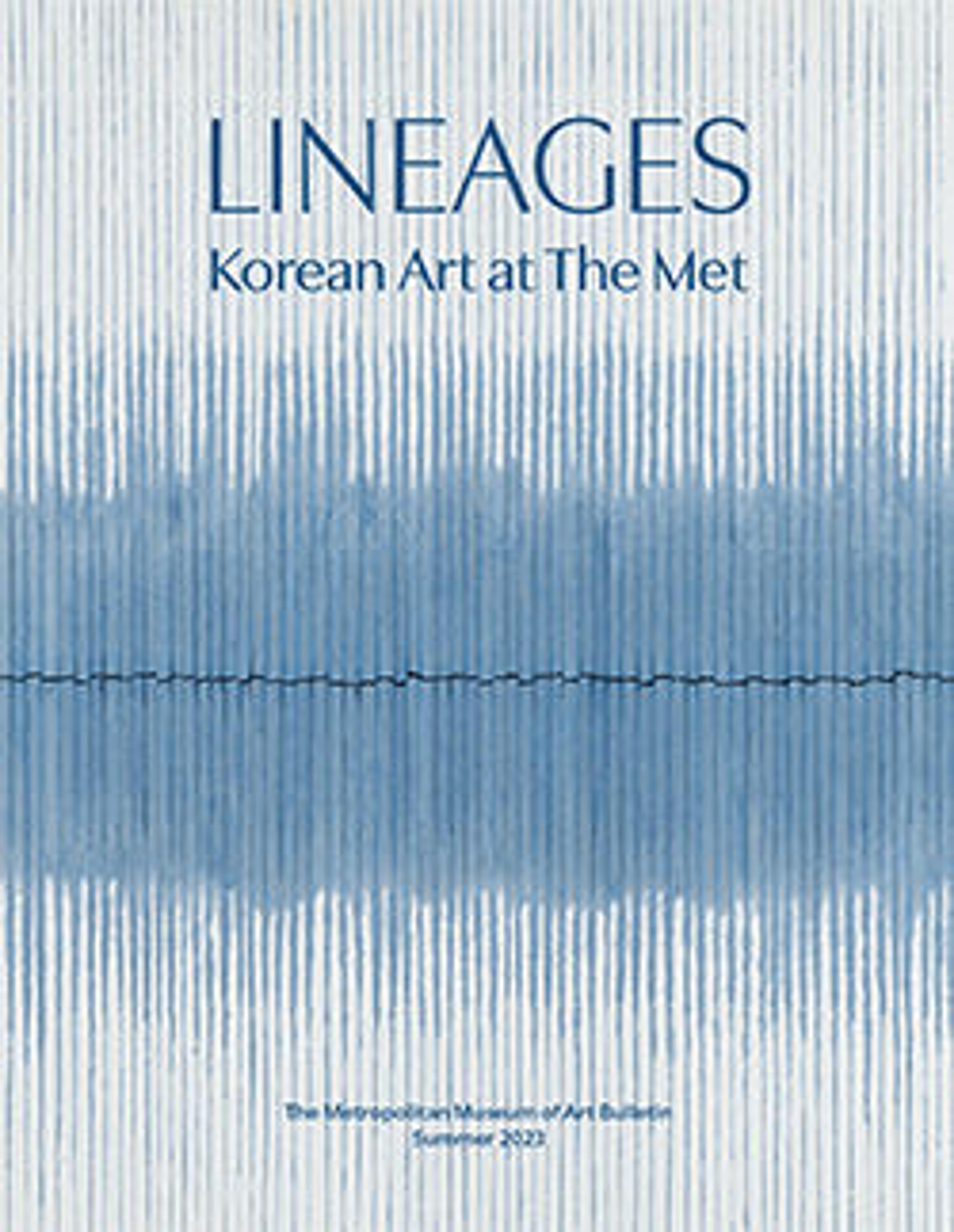Gourd-shaped ewer decorated with waterfowl and reeds
The decoration of ducks and geese amid reeds, expertly and sensitively rendered, demonstrates an appreciation for pictorial realism. Goryeo celadon features both naturalistic and more abstract designs. Examples such as this ceramic vessel provide a glimpse of what secular painting from the Goryeo dynasty might have looked like, given that so few actual painted images survive.
Artwork Details
- 청자 양각 갈대물새 무늬 표주박 모양 주전자 고려
- 靑磁陽刻葦蘆水禽文瓢形注子 高麗
- Title: Gourd-shaped ewer decorated with waterfowl and reeds
- Period: Goryeo dynasty (918–1392)
- Date: early 12th century
- Culture: Korea
- Medium: Stoneware with carved and incised design under celadon glaze
- Dimensions: H. 10 1/2 in. (26.7 cm); W. 7 7/8 in. (20 cm)
- Classification: Ceramics
- Credit Line: Fletcher Fund, 1927
- Object Number: 27.119.2
- Curatorial Department: Asian Art
More Artwork
Research Resources
The Met provides unparalleled resources for research and welcomes an international community of students and scholars. The Met's Open Access API is where creators and researchers can connect to the The Met collection. Open Access data and public domain images are available for unrestricted commercial and noncommercial use without permission or fee.
To request images under copyright and other restrictions, please use this Image Request form.
Feedback
We continue to research and examine historical and cultural context for objects in The Met collection. If you have comments or questions about this object record, please complete and submit this form. The Museum looks forward to receiving your comments.
